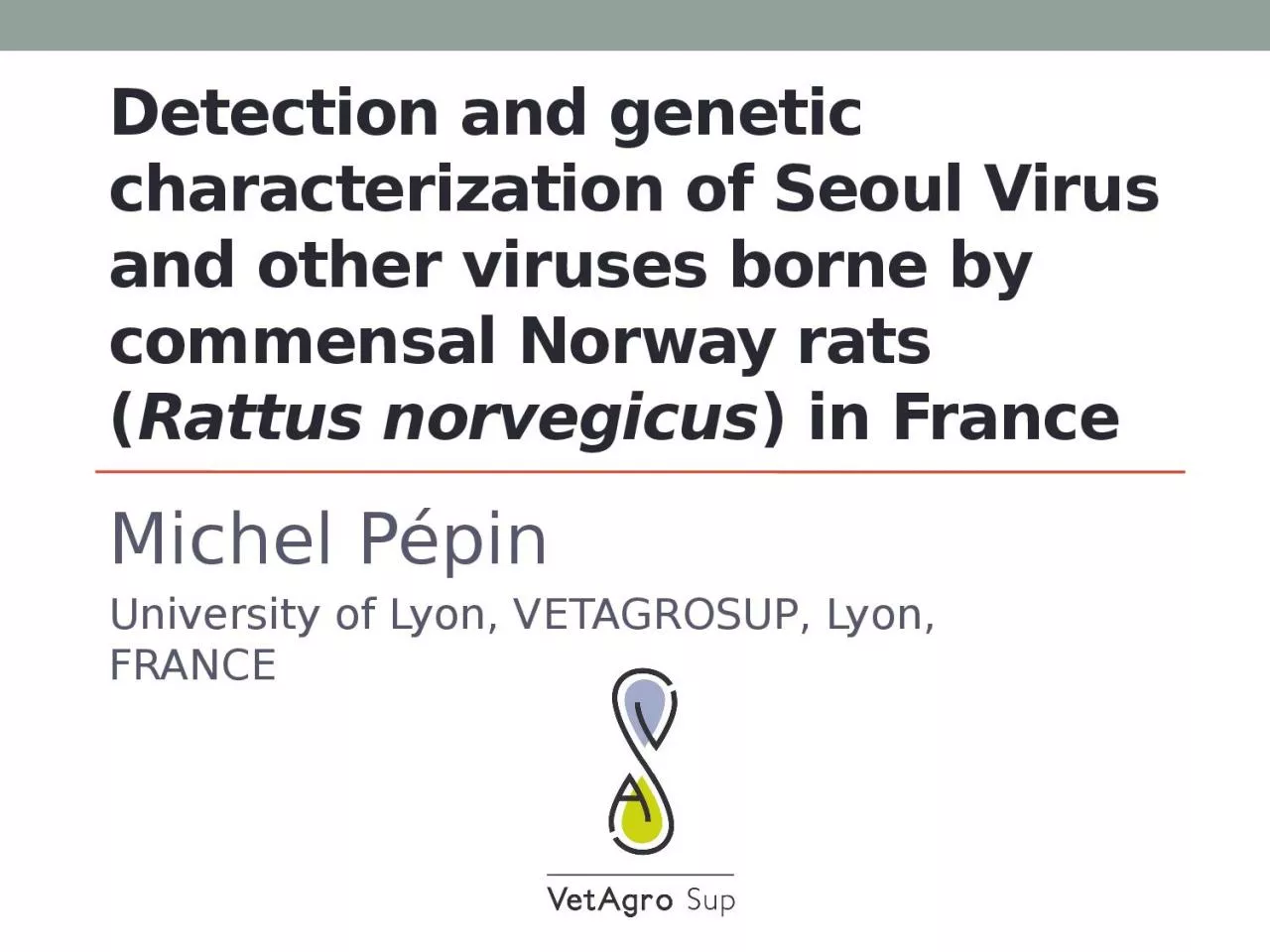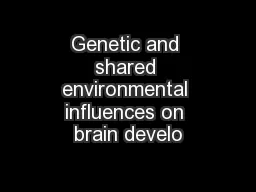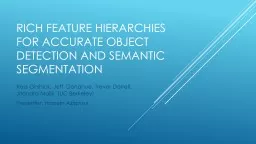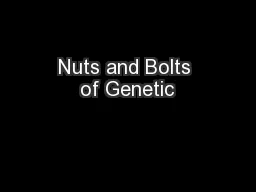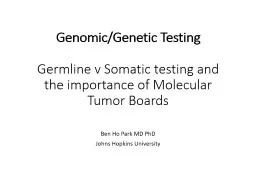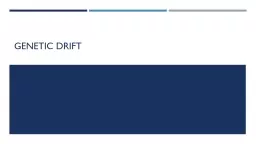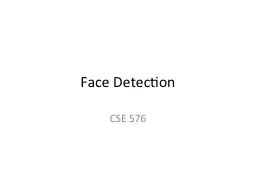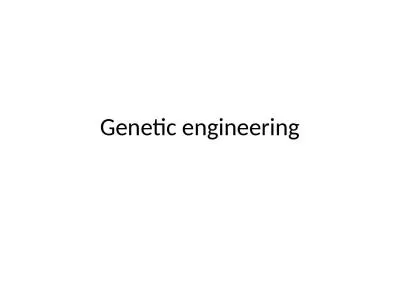PPT-Detection and genetic
Author : morgan | Published Date : 2024-01-03
characterization of Seoul Virus and other viruses borne by commensal Norway rats Rattus norvegicus in France Michel Pépin University of Lyon VETAGROSUP Lyon
Presentation Embed Code
Download Presentation
Download Presentation The PPT/PDF document "Detection and genetic" is the property of its rightful owner. Permission is granted to download and print the materials on this website for personal, non-commercial use only, and to display it on your personal computer provided you do not modify the materials and that you retain all copyright notices contained in the materials. By downloading content from our website, you accept the terms of this agreement.
Detection and genetic: Transcript
Download Rules Of Document
"Detection and genetic"The content belongs to its owner. You may download and print it for personal use, without modification, and keep all copyright notices. By downloading, you agree to these terms.
Related Documents

